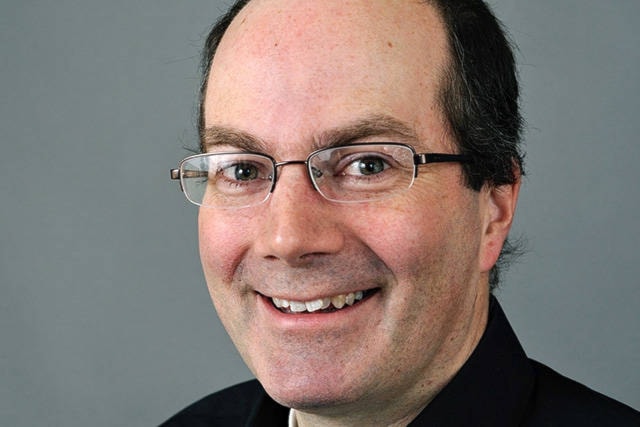As the immediate shock of the COVID-19 crisis wears off, it is sinking in that it will be months and maybe years until things return to normal.
A vaccine likely won’t be available until mid-2021 at the earliest, and we don’t know when effective treatment drugs will be developed Outside and arrive in Yukon hospitals.
In the meantime, we’ll have to get used to the “new normal.” It won’t be like the old normal. We don’t know how this will roll out, but one possible scenario involves ongoing social distancing and a slow, staged re-opening of the economy over the coming months. Industrial facilities and small offices may ramp back up. More types of businesses may follow. But it may be a long time before crowds of tourists from Asia are packing into Yukon restaurants and hotels.
Despite the uncertainty, business leaders around the world are being forced to plan for how to run their businesses in the new normal. Yukon businesses will need to do the same. Often, this will be easier for national franchises and branch locations of big chains. They have big human resources and operations teams at head office that can scan the world for best practices in their industries and figure out how to deploy them in Canadian locations.
Examples are already emerging. In fact, the Yukon was one of the first jurisdictions to define COVID-19 guidelines so the mining industry could keep operating.
Victoria Gold has shown leadership here. As reported in the News, the company has taken a wide range of precautions to protect staff and ensure the gold keeps getting poured. A medic is on site and staff are encouraged to immediately report any symptoms. The shift set up has been changed, moving to four weeks on and four weeks off and requiring employees from outside the Yukon to self-isolate in Whitehorse for 14 days before going to the mine. Everyone entering the mine gets asked a set of screening questions. Miners wear gloves to get their food in the dining hall, which has had chairs removed to create more space. Groups and meetings are limited to 10 people. Mine employees are limiting their interaction with Yukon communities outside the mine. They even have stopped asking people to sign invoices for deliveries to avoid another point of contact.
A few things stand out about this.
First, these are very detailed and onerous changes to how the mine did business pre-COVID. Other businesses are going to have to figure out what the equivalent measures in their industry are. Some will be even more difficult to implement, especially retail businesses with high customer flow.
The second thing that stands out is how the Victoria Gold measures focus on business practices that an epidemiologist would flag as potential risks for transmission of the virus between people. Every time we get in close proximity to another human, or touch a surface recently touched by someone else, we face a risk. The risk varies widely depending on things like how close the contact was, how long it lasted, and how often that surface gets cleaned.
You can’t eliminate all risk, but you can significantly reduce it. This is a statistics game. If you can consistently reduce the chances that an employee or customer passes the virus to another, then overall risk is lowered and the chances of a rapid flare up of multiple infections is dramatically reduced.
Managers who want to reduce risk almost need to follow a typical employee or customer around with a clipboard and document every time they get close to another human or touch something.
You can see this mindset in the measures big Outside businesses are already implementing. Restaurants in some places are re-opening, but with much bigger spaces between tables and disposable menus. Airlines are talking about cleaning their planes intensively between flights and making passengers pick up their own food and drink before boarding. Open space offices are increasing distances between desks. A car factory in Germany is reported to be planning to make its employees eat their lunches in their cars in the parking lot.
Third, it’s noteworthy that many companies are deciding to go beyond the minimums proposed by local public health officials. Victoria Gold says that it “continues to meet or exceed regulations established by the Yukon Chief Medical Officer.”
Companies may want to do this because of the high cost of closure. Smithfield Foods’ plant in South Dakota had to shut because of an outbreak, resulting in it being unable to produce 18 million pork servings per day. That’s a lot of revenue.
Customers may also demand it. Who wants to eat at a restaurant doing the bare minimum of COVID protections?
All of this is frustrating, complicated and expensive. It will mean less revenue for many, such as restaurants operating with empty tables between diners. And it won’t be easy convincing customers they need to pay more because your costs have gone up. But the new normal is here to stay, and businesses that adapt to it soonest will be better off.
Keith Halliday is a Yukon economist and author of the MacBride Museum’s Aurore of the Yukon series of historical children’s adventure novels. He is a Ma Murray award-winner for best columnist and received the bronze for Outstanding Columnist in the 2019 Canadian Community Newspaper Awards.
